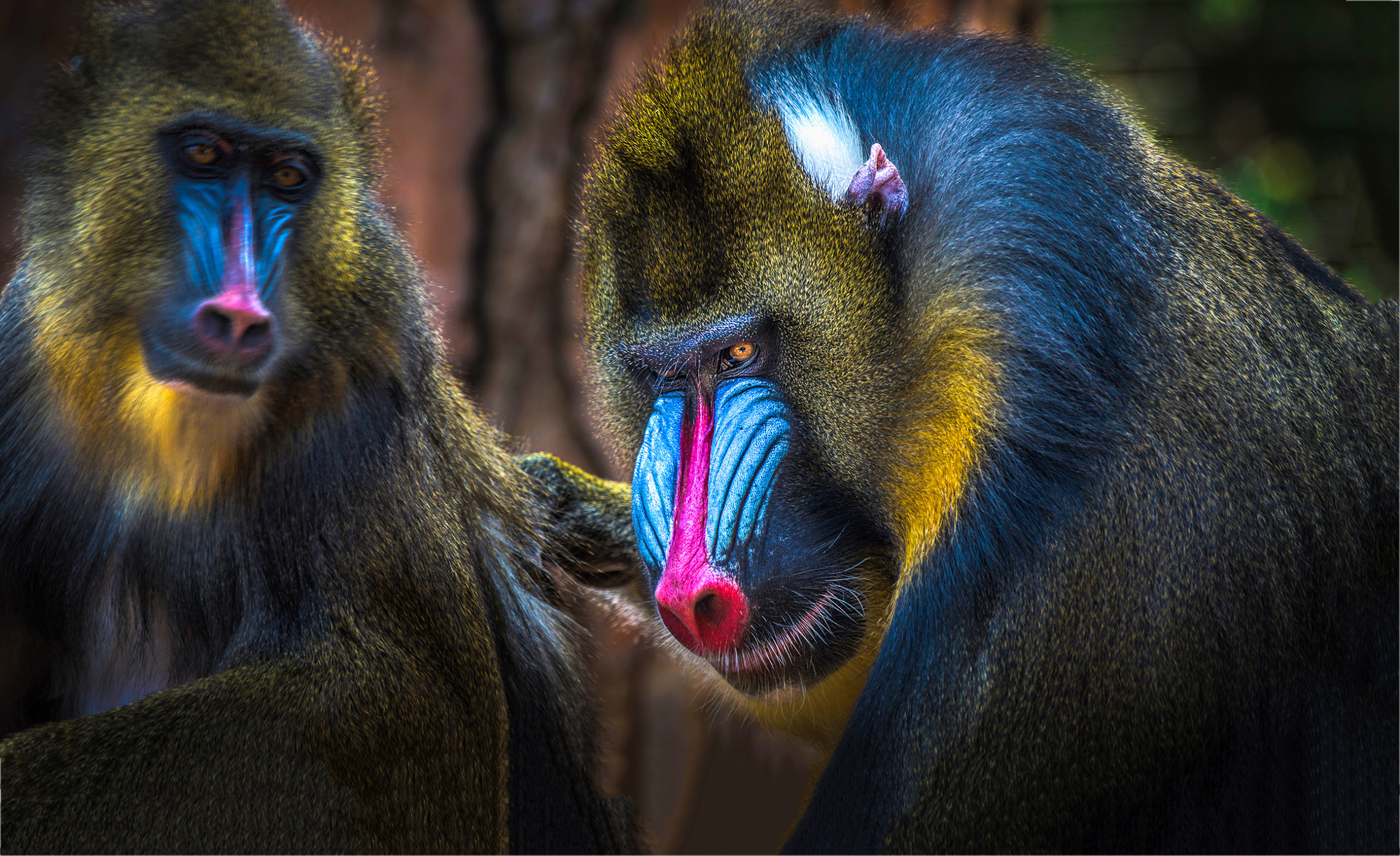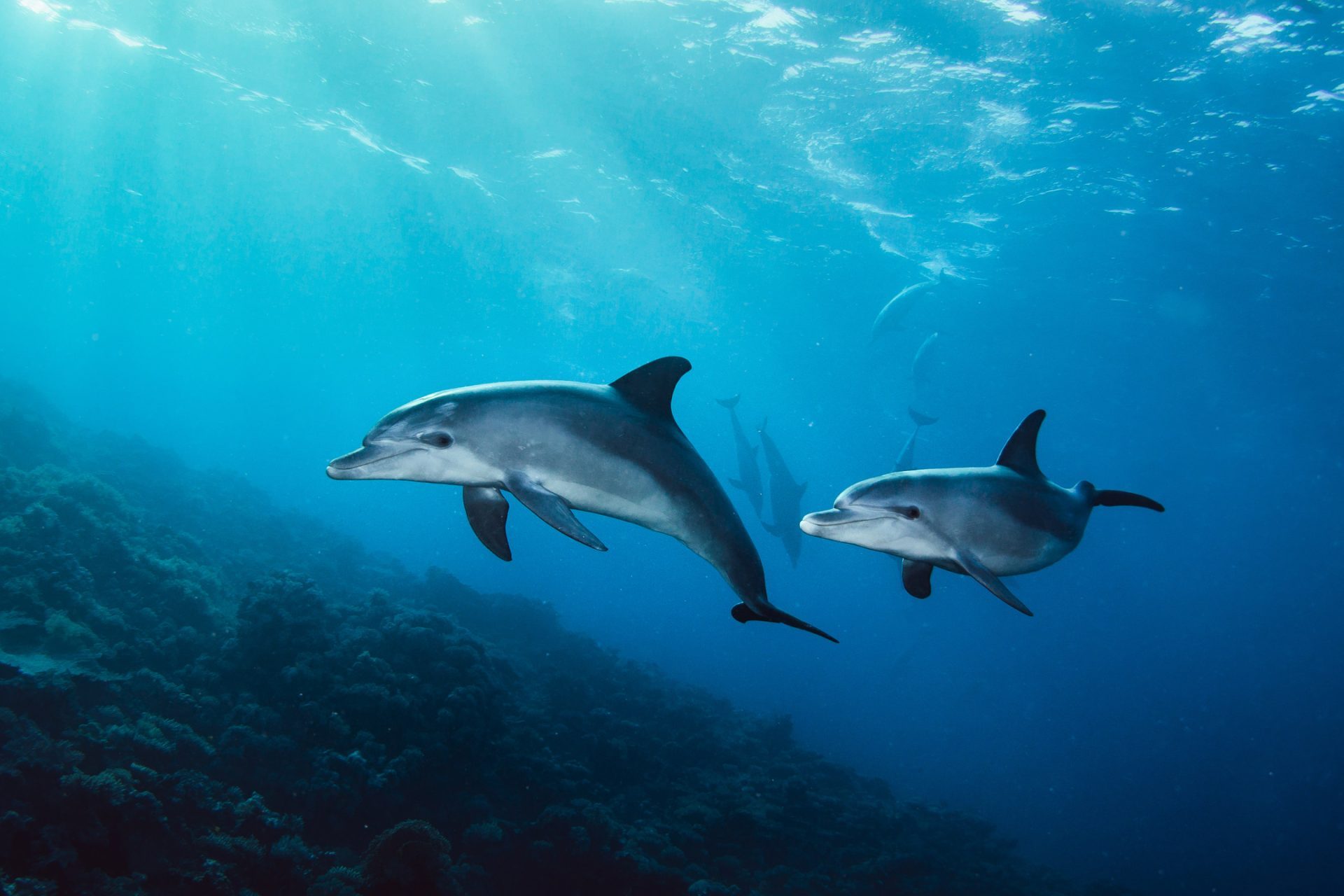Blue is a mesmerizing color that evokes feelings of tranquility and serenity. Found in various shades and hues in nature, blue is a captivating color that has a unique role in the animal kingdom. From the azure skies to the deep blue oceans, and even in the vibrant feathers of birds, blue is an awe-inspiring color that has significant importance for animals in their survival, communication, and adaptation.
One of the remarkable uses of blue in the animal kingdom is its role in camouflage.
Many animals, such as birds, insects, and reptiles, have evolved to use blue coloration as a means of blending in with their surroundings. For example, the striking blue feathers of the male peacock butterfly serve as camouflage when the butterfly is resting on a blue flower, making it harder for predators to spot it. Similarly, the stunning blue poison dart frog, found in Central and South America, uses its bright blue coloration to warn predators of its toxic nature, deterring them from attacking.

In addition to camouflage, blue is also utilized by animals for communication purposes.
For instance, blue-colored markings on the faces of primates, such as mandrills and blue monkeys, are thought to be a form of visual communication. These blue facial markings are used to convey social status, dominance, and reproductive readiness among the group members. The vibrant blue coloration of the male blue-footed booby’s feet plays a crucial role in courtship displays. During mating rituals, the male lifts its bright blue feet, showing them off to attract a female mate. This striking display of blue coloration is a visual signal that indicates the male’s fitness and genetic quality, making it an important element in the mating process.

Moreover, blue is also an essential color for animals in terms of adaptation to their environment.
Many marine animals, such as whales, dolphins, and fish, exhibit a blue coloration on their bodies. This is because blue light penetrates deeper into water than any other color, allowing animals to blend in with their surroundings and remain concealed from predators or prey. The blue coloration acts as a form of natural camouflage, helping these animals survive and thrive in their aquatic habitats.

Transitioning from marine animals to birds, blue plays a significant role in their foraging behavior.
Many birds, including blue jays, kingfishers, and herons, have specialized blue color receptors in their eyes that enable them to spot prey more easily. This is because blue contrasts sharply with the natural green and brown hues of vegetation, making it easier for birds to detect insects or small animals hiding among the leaves. Blue color receptors in bird’s eyes have been proven to be more sensitive to blue light than human eyes, giving them a visual advantage in locating food sources.

Furthermore, blue is also an essential factor in the reproductive success of certain animals.
For example, male bluebirds display their brilliant blue feathers to attract a female mate during breeding season. The intensity of the blue coloration is indicative of the male’s health and genetic quality, serving as a signal of fitness and a desirable mate. Similarly, male blue poison dart frogs use their bright blue coloration as a visual cue to attract females for mating. The males aggressively defend their territory, and their blue coloration is a crucial element in attracting females and competing with other males for mating opportunities.

In conclusion, blue is an extraordinary color that holds significant importance in the animal kingdom.
It plays a vital role in camouflage, communication, adaptation, foraging behavior, and reproductive success for various animals, making it an essential factor in their survival and evolution. The mesmerizing beauty of blue coloration in nature is not just a coincidence but a result of millions of years of evolution and adaptation. As we continue to learn more about the animal kingdom and its intricate workings, the role of blue coloration will undoubtedly continue to fascinate and captivate us.
Install MyStart Theme for Google Chrome










